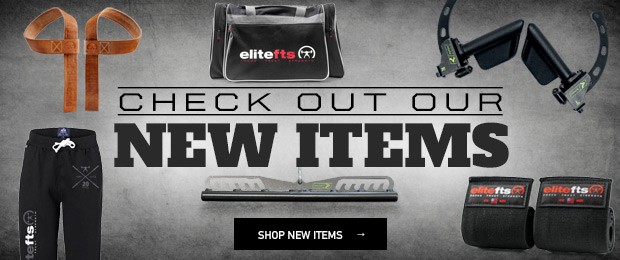
Header image courtesy of Wavebreak Media Ltd © 123rf.com
Throughout gyms across the country, you can find people on their elbows seeing how long they can hold themselves up. When they are holding for countless minutes, they typically are hoping it will translate into a flatter stomach, smaller waist, and increased muscle mass.
However, this perspective, along with the improper execution of the movement, needs to be changed. Utilize these techniques to better understand the plank and optimize your performance.
In this video, I am in too much extension from trying to talk and hold the plank!
New Perspective: How can the plank lead to the above-mentioned results?
Well, at its core, the plank is an anti-extension movement. Simply stated, if the movement is performed correctly, then you are able to resist the extension moment that is placed on the spine. This is properly executed when your abdominals contract to maintain a neutral spine. Over time, if enough overload/stress is placed on the system, you adapt by getting stronger in resisting this extension moment.
As a result, when you are performing the heavier compound lifts (i.e., squats, deadlifts, pushes, and pulls), you are able to withstand more weight from your increased anti-extension capacity. This results in the ability for more strenuous workouts, which has effects such as increased metabolism, increased lean muscle mass, and decreased fat. The anti-extension resiliency allows you to continuously progress and challenge yourself to provide the necessary stress and stimulus to adapt. THIS is how the plank can make your waistline smaller.
Main Point: The combination of increasing your anti-extension capacity (the plank) coupled with adequate stress (heavy lifting in the gym), produces the goals you're looking to achieve.
New Perspective: How am I performing the plank wrong?
People usually position themselves with a drooped upper thoracic spine, which places excessive strain on the shoulders. Instead, press your elbows down into the ground to allow sufficient thoracic protraction. This will activate your upper obliques, otherwise known as your serratus anterior. Not only will this provide you with more stability, but it will also help increase the strength of these often under-developed muscles.
Next, people tend to plank with a flared (externally rotated) rib cage. As I mentioned in the previous section, a proper exhalation needs to be initiated to allow sufficient internal rotation of the ribs. When they are allowed to internally rotate, they are now in a stronger biomechanical position. At this point, they can then be challenged effectively.
Lastly, the pelvis needs to be in a posterior pelvic tilt. As previously stated in the prior section, this movement should be coupled when the ribs move into internal rotation. The magic of this movement is that athletes will feel when they properly tilt because their abdominals (obliques) will automatically engage. In addition, it is OK to see the knees slightly bend when going into the posterior tilt; this is indicative of the correct movement.
Main Point: Keeping the upper body, rib cage, and pelvis in the correct starting position and maintained throughout the movement is crucial. Without it, we won't see the translation of benefits in our lifts as mentioned above. Also, the cervical spine (head) should be kept in a slightly flexed position.
Brian LeRiche is the owner of Functional Training Studio in Charlotte, North Carolina. Brian has been training clients for over six years and is always looking at ways to improve his technique. He utilizes positional asymmetries that exist within the body to help clients and athletes improve their function and overall performance capacity. Brian has a degree in exercise science and is a certified strength and conditioning coach through the NSCA. Additionally, he plans to continue his education in 2017 in a doctorate of physical therapy program. For additional questions, Brian can be reached at FTStudio130@gmail.com.










